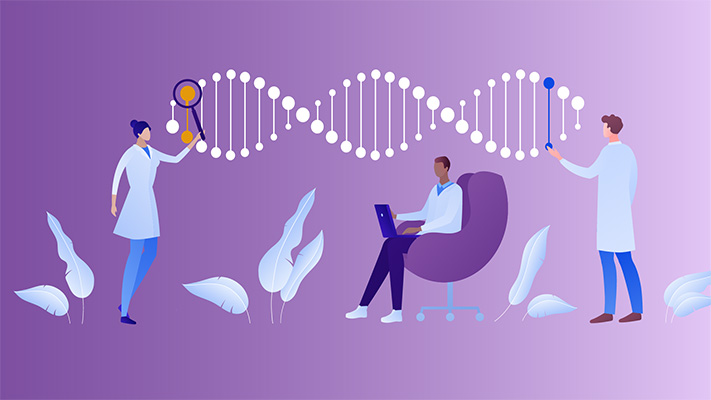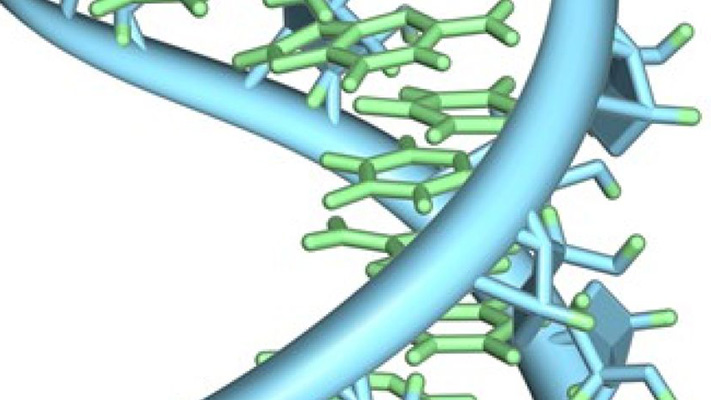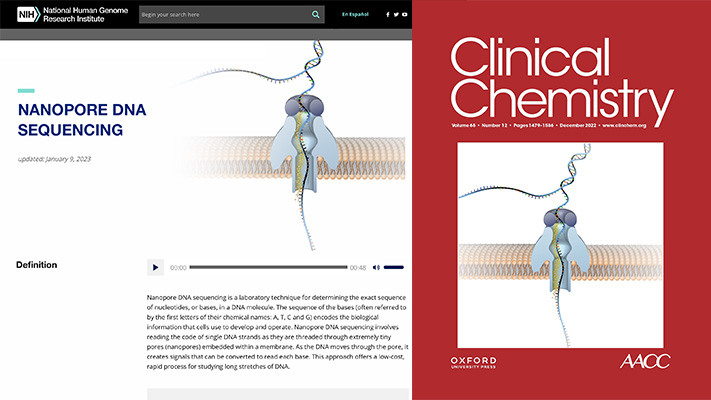NIH data management policy commits to making research results available
Welcome to the second month of 2023. It has quickly become apparent that the year is going to be a very busy one for NHGRI and for the field of genomics more generally. Many of us felt like we got “shot out of a cannon” shortly after January 1 — but in a good way with many exciting developments!
I would like to call your attention to a recently published web profile on Neil Hanchard, MBBS, D.Phil., senior investigator within our Intramural Research Program’s Center for Precision Health, to learn more about his serendipitous journey into genetics research and what he is excited about for the future of genomics. As the title of the profile says, Neil “unravels the complexity of childhood diseases” and “aims to diversify genomics research.”
All the best,
![]()
In This Issue
- NIH data management policy commits to making research results available
- ASHG apologizes for past harms in human genetics
- Human Genome Reference Program meeting report emphasizes utility and equity
- New NHGRI fact sheet explains human genomic variation
- NSF-NHGRI funding opportunity targets advances in RNA biology
- NHGRI talking glossary graphic featured as cover art
- Historically Speaking series to feature next generation of Black leaders in genetics
Genomics Research Spotlight
Genome-wide data from medieval German Jews show that the Ashkenazi founder event pre-dated the 14th century
Waldman et al.
Cell 185(25):4703–4716, 2022. PMC9793425
One method for studying the ancestry of a human population involves the use of DNA from ancient biological specimens. With approval from the local Jewish community, researchers used ancient DNA from teeth found in a historic Jewish cemetery in Erfurt, Germany. Through analyses of the DNA, they were able to discern that this ancient Jewish community could be categorized in two groups: one more closely related to individuals from Middle Eastern populations and the other more closely related to European individuals. These findings suggest that the Erfurt Jewish community was more genetically diverse than the modern Ashkenazi Jewish community. Furthermore, by additionally studying DNA from the mitochondria, which is inherited from biological mothers, the researchers determined that this medieval Ashkenazi Jewish community shared a common ancestor and that the “founder event” (i.e., the establishment of a new population from a small number of individuals”) occurred before the 14th century.
This research was funded by multiple sources in the US and Israel, including a grant from the NHGRI Extramural Research Program to David Reich, Ph.D., who is a faculty member at Harvard Medical School; that grant is part of the NIH Research Project Grant Program (PA-19-056).
About The Genomics Landscape
A monthly update from the NHGRI Director on activities and accomplishments from the institute and the field of genomics.
Last updated: February 2, 2023







